April 13, 2025 | 21:02 GMT +7
April 13, 2025 | 21:02 GMT +7
Hotline: 0913.378.918
April 13, 2025 | 21:02 GMT +7
Hotline: 0913.378.918
In Hanoi, the Vietnam Institute for Economic and Policy Research (VEPR) recently organized a policy dialogue seminar titled "Reviving Growth - Prospects and Challenges", attended by representatives from management agencies and economic experts.
According to VEPR's report, by the end of the third quarter, Vietnam's economy had relatively well recovered amid optimism about overall global economic growth at the end of 2024 and in 2025. Consequently, GDP growth after nine months reached 6.82%, more than 1.5 times higher than the 4.4% recorded during the same period last year, primarily driven by contributions from the industrial and service sectors.

Dr. Nguyen Quoc Viet, Deputy Director of the Vietnam Institute for Economic and Policy Research (VEPR), presented the report at the seminar.
On the demand side, trade is on the rise, and positive foreign direct investment (FDI) flows are the main growth drivers. However, consumer spending remains below pre-pandemic levels, and inflationary pressures in the first half of 2024 have also slowed the growth rate of capital.
Trade has seen positive growth, FDI disbursement has reached a record high, tourism has strongly recovered, and the USD exchange rate at domestic commercial banks has continuously decreased, being significantly lower than the ceiling set by the State Bank of Vietnam (SBV).
The recovery of the money supply and credit growth has positively contributed to boosting growth and investment.
Additionally, state budget revenues have exceeded targets, while public spending has decreased compared to the same period in 2023, leading to a continued high budget surplus, and creating significant fiscal space. This opens up opportunities to implement ongoing support policies such as tax exemptions and reductions, especially given that many sectors have been affected by Typhoon Yagi.
However, despite many positive aspects of the economy, VEPR's report also points out several risks and challenges ahead for the Vietnamese economy.
Specifically, the Purchasing Managers' Index (PMI) has declined and fallen below 50 points in September. The ratio of businesses exiting compared to those entering the market remains high. Domestic consumption and public investment disbursement have not met expectations...
According to Dr Nguyen Quoc Viet, the Deputy Director of VEPR, the lag from the impact of Typhoon Yagi will be one of the significant factors affecting Vietnam's growth in the fourth quarter. These challenges require flexible and effective policy management to maintain the country's economic recovery momentum.
In the context of favourable conditions intertwined with difficulties and challenges, VEPR experts have presented two scenarios for economic growth: a high-growth scenario and a low-growth scenario.
In the high-growth scenario, GDP growth in the fourth quarter is expected to stabilize at 7.4%, with the overall growth for 2024 projected to reach the new target of 7% set by the government.
According to Mr. Viet, the basis for the high-growth scenario lies in the positive adjustments to global economic growth forecasts for the second half of 2024 from major organizations such as the IMF, OECD, World Bank, and Euromonitor.
In contrast, the low-growth scenario anticipates fourth-quarter growth below 7%, resulting in an annual growth forecast for 2024 fluctuating around 6.84%.
The Deputy Director of VEPR further emphasized that the business environment still carries many risks, as barriers related to business conditions and administrative procedures have not only failed to decrease but have also shown a tendency to increase, due to weakening reform momentum from various ministries and sectors.
During the seminar, Mr Phan Duc Hieu, a Permanent Member of the National Assembly's Economic Committee, noted that the growth target of 7.4% to 7.5% for the fourth quarter is the government's operational scenario rather than a forecast. According to Mr Hieu, the government has set such a high target to devise appropriate solutions, but achieving it will depend on many factors.
Mr Hieu believes that following the recent impact of Typhoon Yagi, it is necessary to quickly implement the government's Resolution on support for the recovery from the consequences of storm number 3 (Resolution 143/NQ-CP) to achieve high growth in the fourth quarter, thereby meeting the annual GDP growth target of 7%.
Translated by Hoang Duy

(VAN) According to Deputy Prime Minister Bui Thanh Son, through this P4G Summit, Vietnam aims to convey the message of transforming its growth model towards rapid and sustainable development.
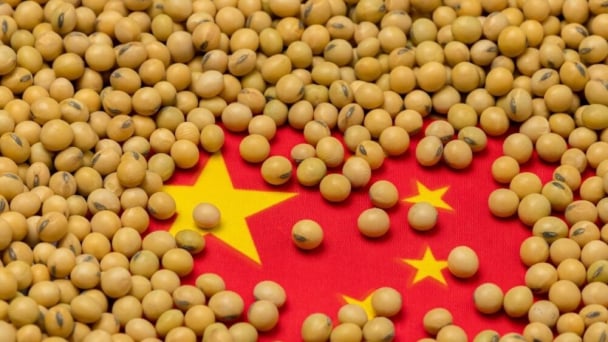
(VAN) Soybean production has been a priority for China to ensure food security, with increased soybean cultivation and yields highlighted in the annual No. 1 Central document.
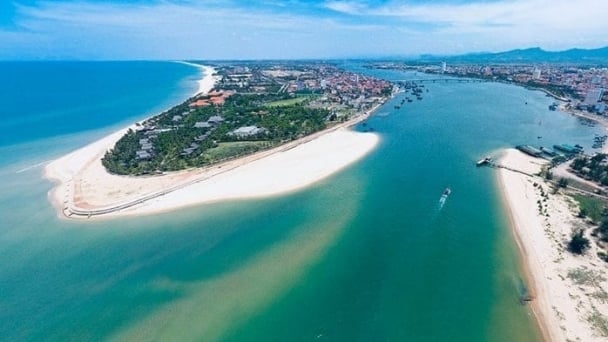
(VAN) Vietnam Sea and Islands Week 2025 is expected to take place in Quang Binh, featuring a series of meaningful activities aimed at protecting the ocean through green technology solutions.
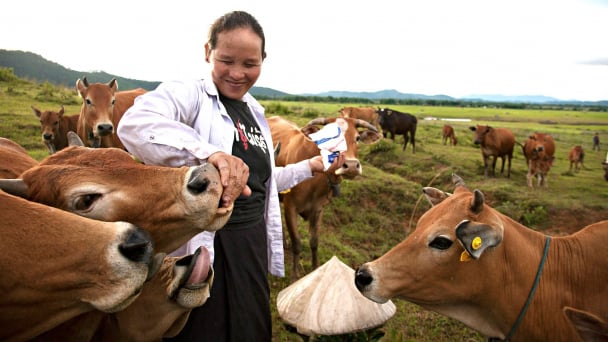
(VAN) The One Health approach is no longer merely an option, as increasingly complex challenges confront health and food systems.
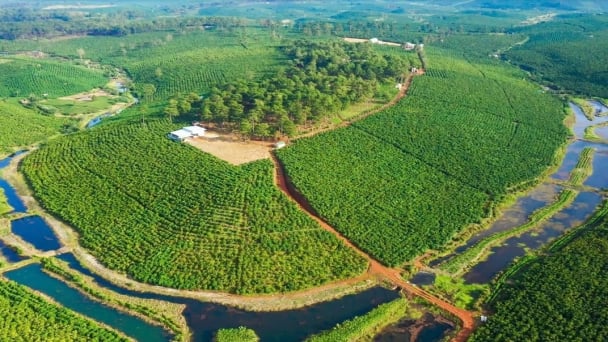
(VAN) The project promoting sustainable coffee production, with a focus on waste management and raising farmers’ awareness, has achieved many positive results after nearly two years of implementation.

(VAN) Transferring and receiving 6 individuals of the red-crowned crane from Thailand to Vietnam marks a significant milestone in the conservation efforts for this species.
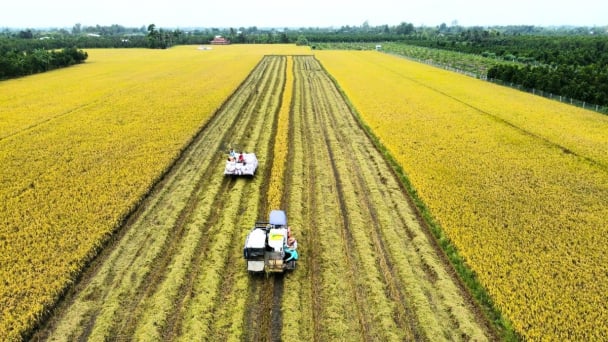
(VAN) After more than a year of implementation, the One Million Hectares of High-Quality, Low-Emission Rice project has completed the first steps, but it needs breakthrough solutions to deepen impacts in the upcoming phase.